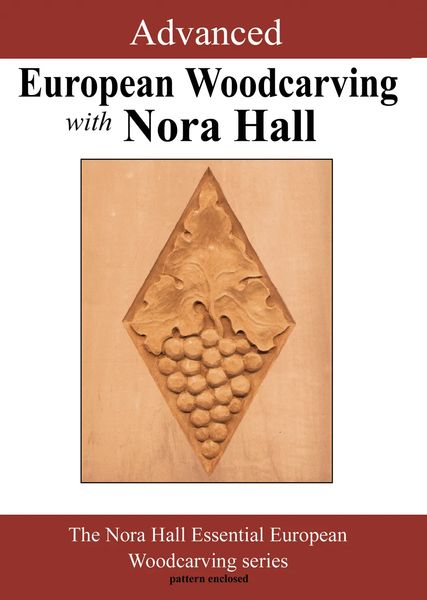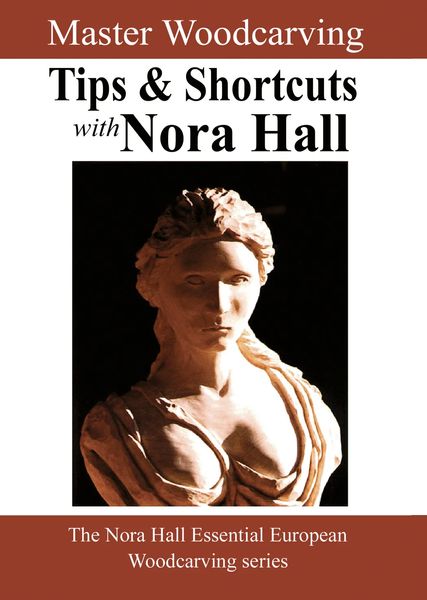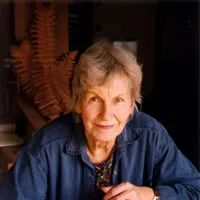Learn Woodcarving
Woodcarving Tips
Nora has accumulated lots of helpful hints which she passes along in the course of conversation with her students.
Preserving the Heritage
Nora's woodcarving tips.
Having carved for over half a century, Nora has accumulated lots of helpful hints which she passes along in the course of conversation with her students. We've collected some here, and they are categorized below for your convenience:
Your Carving Bench
- Height — Your work bench should be high enough so that your elbow can rest on it without pushing your shoulders up.
- Location — It should be in front of a window, secured to the window sill or wall. The light creates perfect shadows this way.
Tool Sharpening
- Strength — Make sure your tools are always very sharp, with long outside bevels and a small one on the inside, to strengthen the cutting edge. See DVD #1 for details.
- Touch-Ups — Utilize the Nora Hall Sharpening System so that your edge is always at it's sharpest, especially when you work with stringy wood like pine, Philippine mahogany, and butternut.
- Testing — Test your tool for sharpness periodically by cutting cross grain over a piece of scrap pine.
Posture
- Switching Hands — Always work right from the beginning with left and right hands. This should be mastered within 2 hours of following the instructions on my first video. To get used to having the mallet in your left hand takes a little longer, especially if you are right-handed. It will make carving so much easier.
Bad Habits to Avoid
- Stopcuts! — Under no circumstance should you start out with stopcuts on a flat surface. A stopcut doesn't remove wood, it forces the tool into the wood and breaks and tears it up causing a lot of trouble once you define the outline.
For more tips, check out DVD #7
Master Woodcarving Tips & Shortcuts
Learn more in Nora Hall's Essential European Woodcarving DVD Series










In Loving Memory
Nora Hall
1922-2011
About Nora Hall
The history behind Nora Hall Carving Designs.
Internationally known master woodcarver and teacher Nora Hall was born in Amsterdam, Holland in 1922. Her father was the renowned Dutch master woodcarver Johannes Leereveld. The Leereveld household was marked by an atmosphere of culture, radical politics, and lively debates, and many a night Nora remembers the heated discussions raging on into the early mornings when her father held court to the numerous visiting intellectuals and artists, in those years between the two World Wars when writers such as Hemingway, Upton Sinclair, Faulkner, and F. Scott Fitzgerald were publishing their first books.
